Buying a new home has so many steps. The fireplace can often be overlooked or ignored completely by everyone from the realtor to the inspector. In many cases, the unique knowledge required to assess fireplaces is only available to hearth professionals with a combination of education and experience. Our goal here is to help you get the most out of your existing fireplace across wood, gas and pellet.
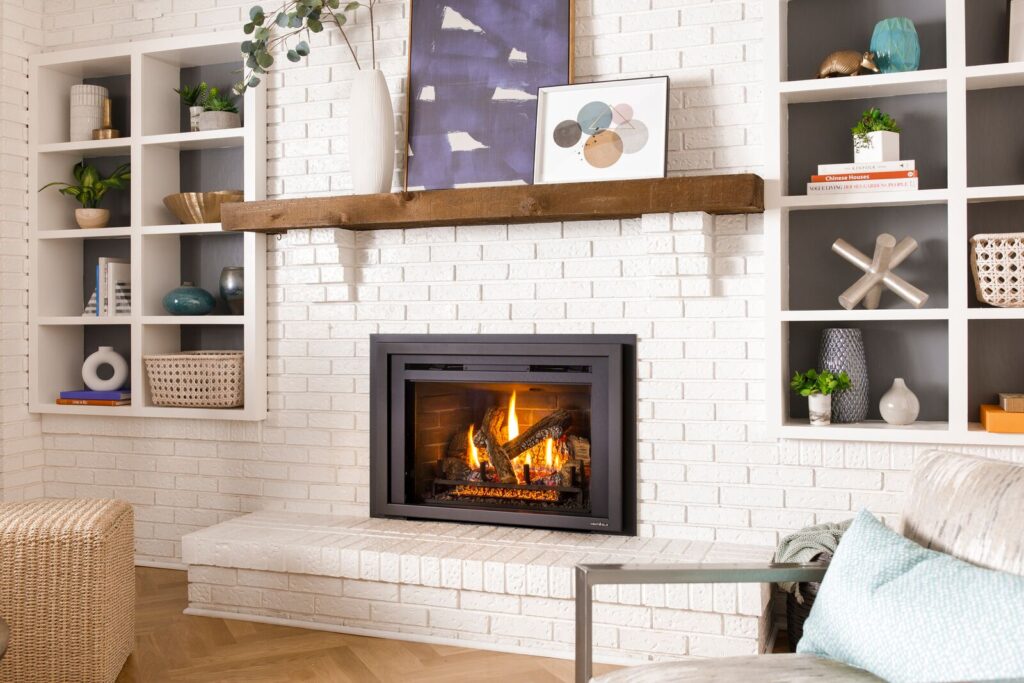
Understand Combustion Basics
Efficient burning requires a balance of air, fuel, and heat. Incomplete combustion leads to dangerous byproducts like carbon monoxide. Learn to control air flow to maintain optimal combustion efficiency. A gas fireplace or wood stove are appliances that you touch and get to know over time. You will develop a relationship through using your heating appliance and get to know “how it burns” specific to your home. This is invaluable information. The more you know about how combustion works from the beginning, the better.
Check out “The Forgotten Art of Building a Good Fireplace“, “The Book of Heat“, /r/woodstoving, /r/fireplaces and hearth.com to learn everything there is to know about combustion, fireplaces, stoves and more!
Know Your Fireplace Make & Model Number
It is essential you know the make, model and serial number of your existing fireplace before doing anything from service, to replacement or general use. Once you know what you have, you can figure out what to do next. Information is power! Learn more about how to find your fireplace make, model and serial number here.
Schedule Yearly Gas Service Maintenance or Annual Chimney Sweep
Get your chimney swept & inspected by a certified professional sweep. A level 2 inspection is a image/ video scan of the inside and all accessible areas touching an existing chimney. If you have gas or pellet a yearly cleaning & service is highly recommended by the manufacturer. Yearly cleaning provide peace of mind that your appliance will work when the weather is the coldest. Check our CSIA, NCSG or NFI for hearth professionals in your area!
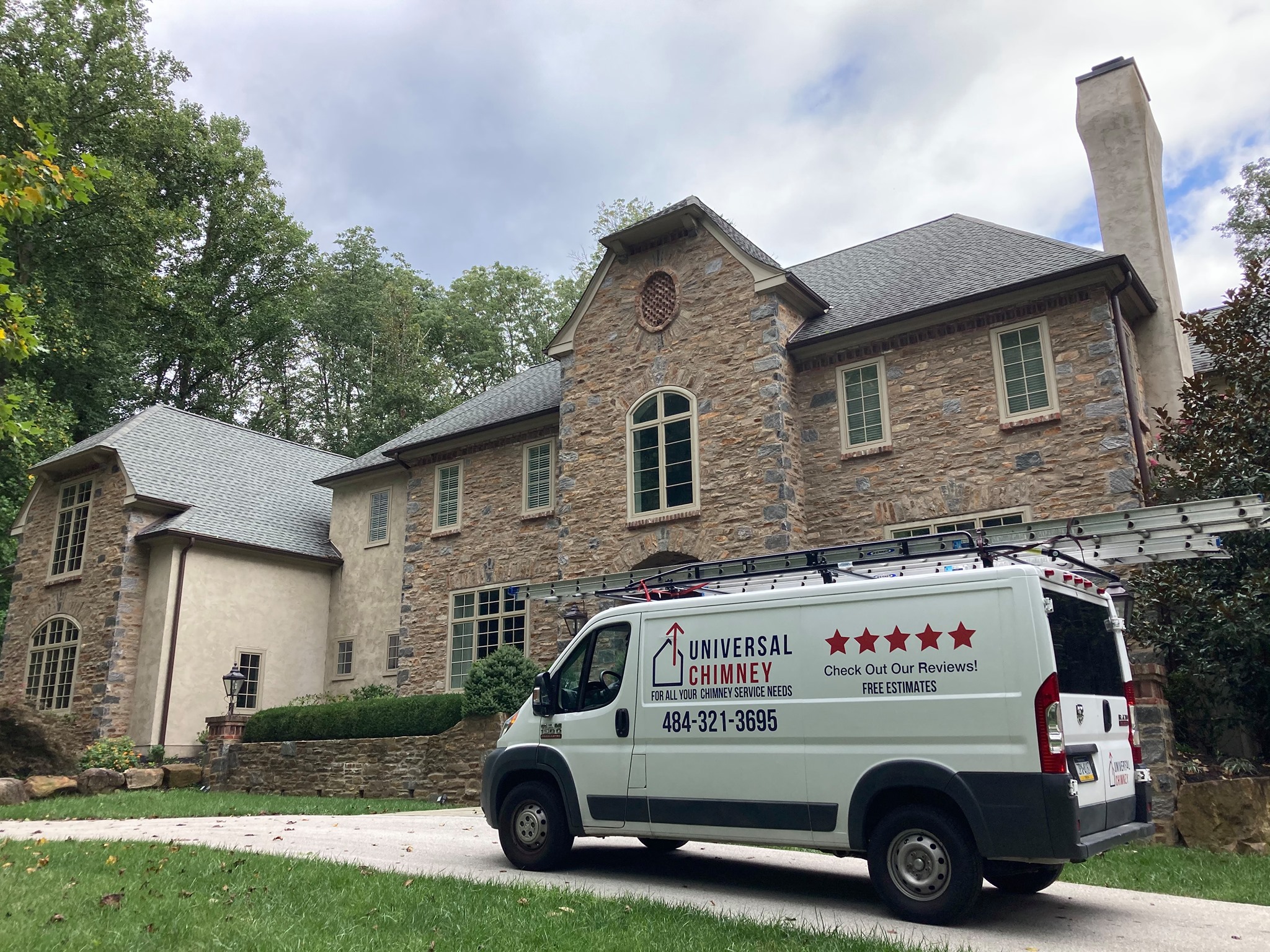
Prepare Your Fuel – Season Your Wood
Burn only seasoned hardwood—minimum 6 months drying, ideally 1–2 years. Avoid green wood, garbage, or treated wood, which produce creosote and increase pollution. Do not just burn wood that fell down on your property without properly cutting stacking and seasoning for at least on year. Wood should be below 20% moisture.
If you burn natural gas, propane, oil or pellets, purchase your fuel in the offseason when prices are lower to prepare for colder winter months. We highly recommend checking out our PA Fuel Cost Guide if you have any questions about fuel costs across all types of fireplaces from gas to pellet to electric.
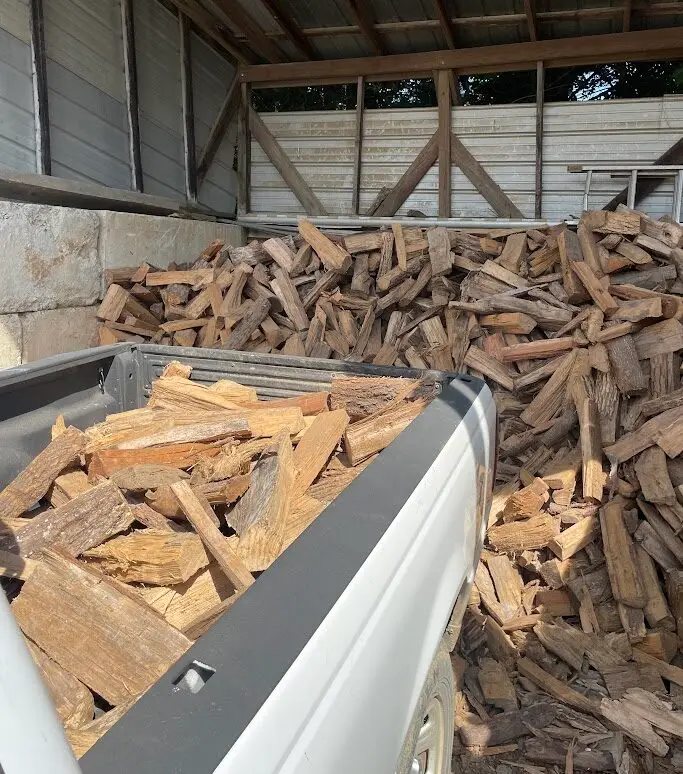
Proper Installation Protects Your Home
Getting a Level 2 inspection will also ensure that your fireplace is safely installed. A trained chimney inspector will make recommendations for approval if the fireplace installation is unsafe in any manner.
When installing a fireplace you must maintain all clearances to combustibles, install UL-listed components, and ensure your setup follows the 10-2-3 chimney rule for proper draft. Floor and wall protection must meet minimum R-values where applicable. Clearances are laws, not guidelines. Mantels, trim, TVs, and framing must meet strict NFPA 211 and manufacturer-required distances from heat sources.

A fireplace is more than a cozy focal point—it’s a powerful heating tool that demands respect, knowledge, and care. By mastering the basics of combustion, knowing your unit’s make and model, committing to annual maintenance, preparing your fuel, and ensuring safe installation, you’re protecting your home, your health, and your investment. Start smart and enjoy the warmth and comfort of your fireplace with confidence.
Whether you’re lighting your first fire or just moved into a home with a fireplace, take a moment to slow down and enjoy the process. There’s something timeless and grounding about tending a fire. It’s not just about heat—it’s about comfort, ritual, and connection. The more you understand your hearth, the more it becomes part of your home’s story.
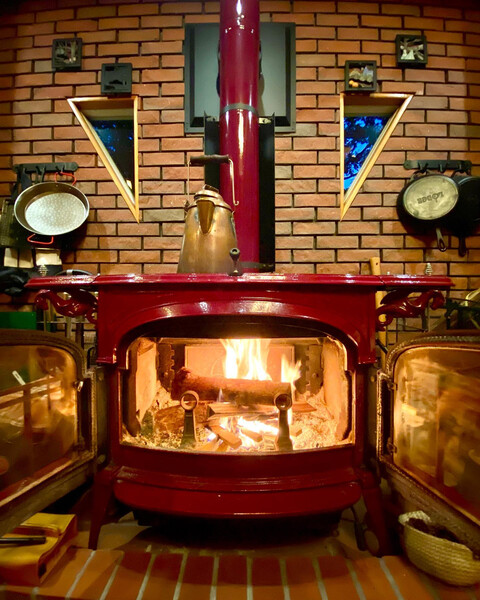

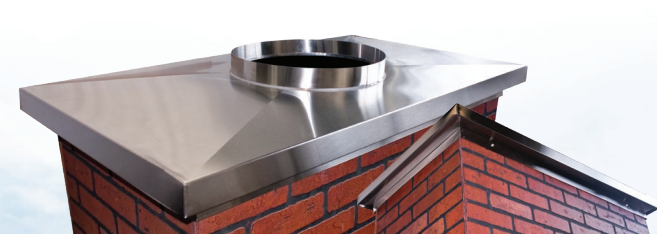
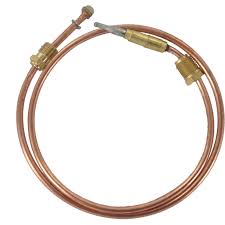

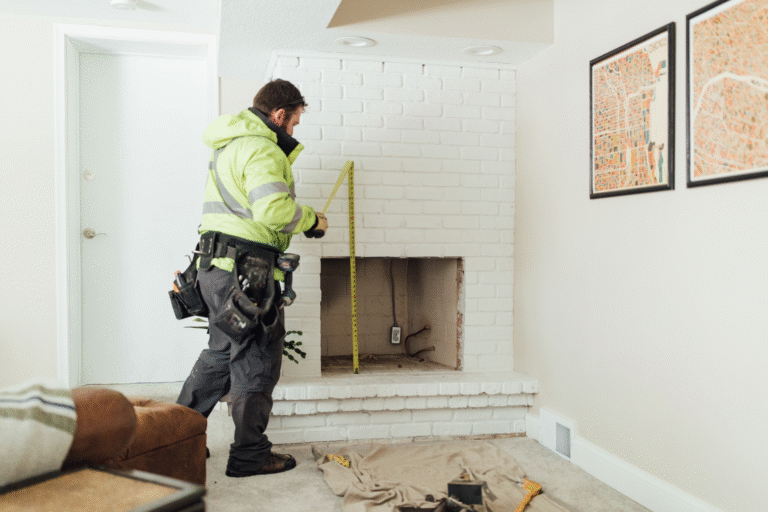

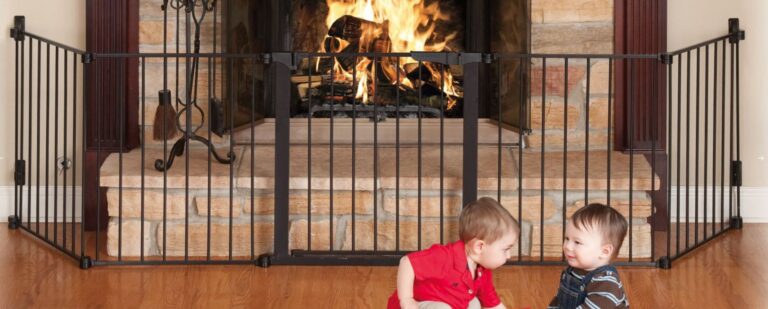
2 Responses